╳
Get The Latest On Our Greatest
Subscribe to Our Company/Product Updates

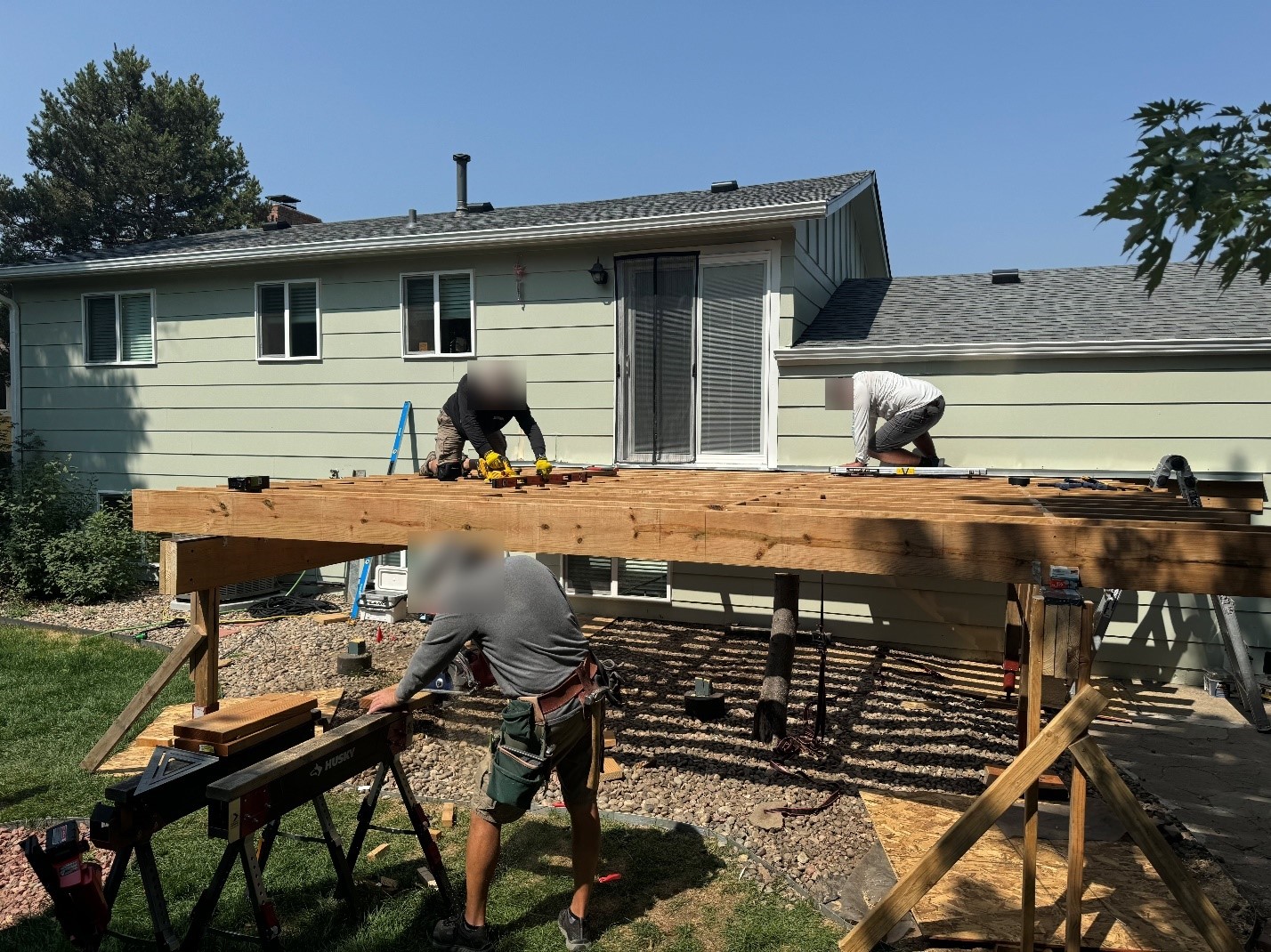
Fortress® Framing Case Study
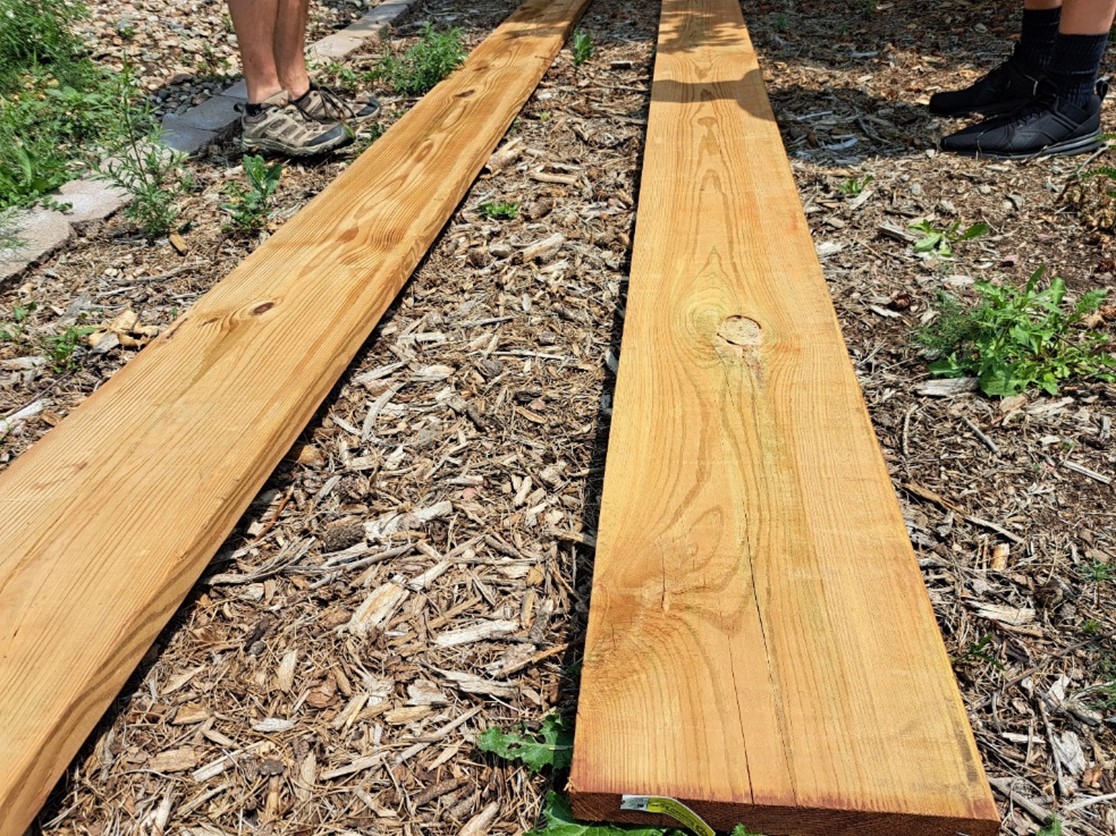
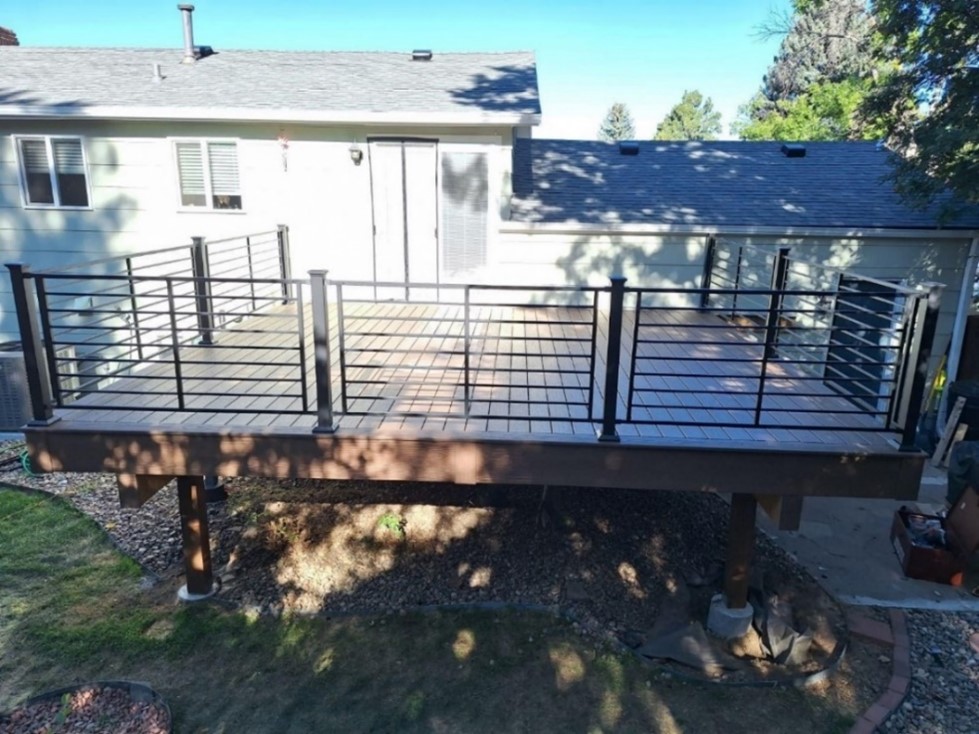
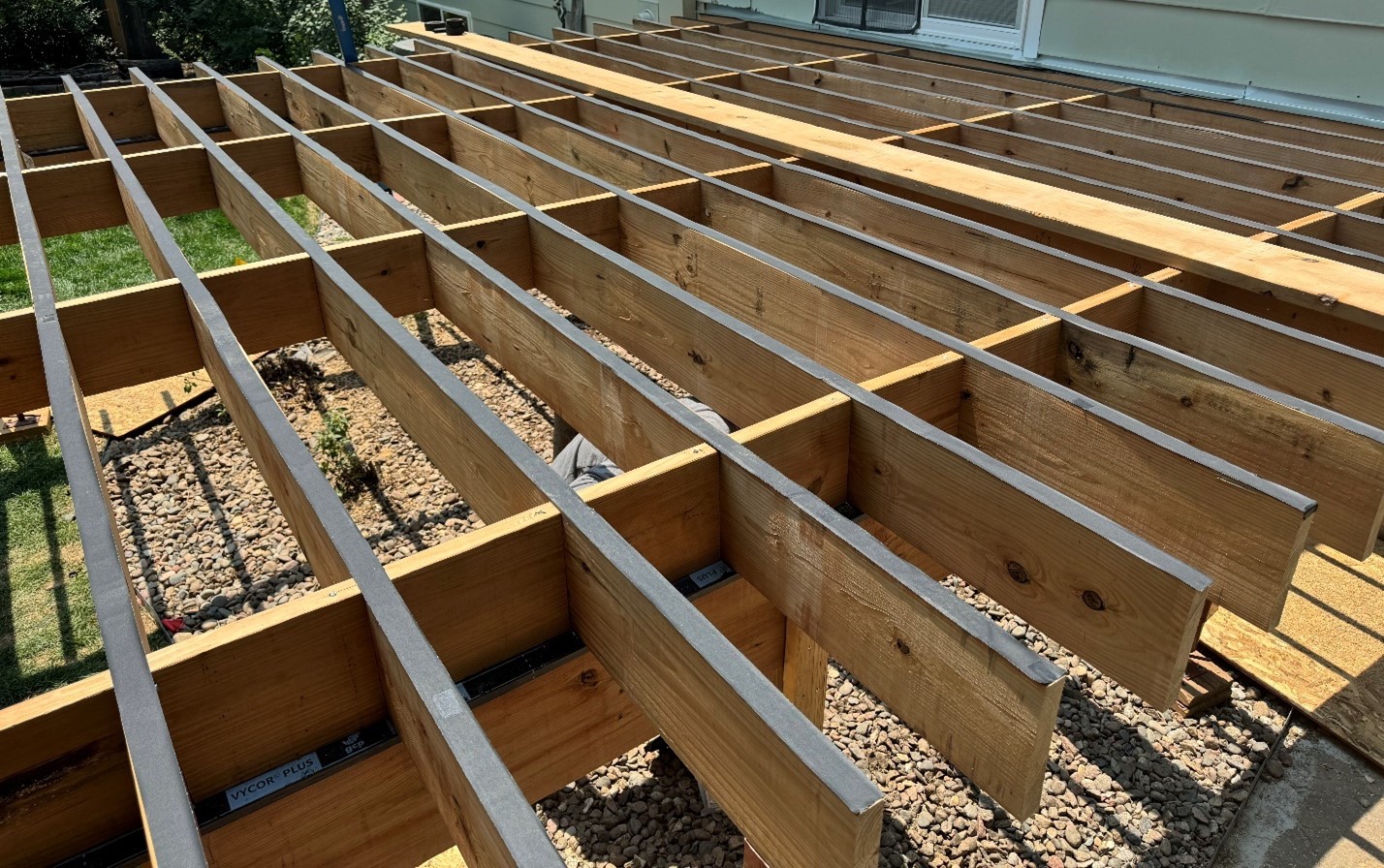
Property: Residential
Location: California
Products: Evolution Steel Deck Framing
Lumber has long been the traditional deck framing material of choice, valued for its familiarity and low upfront cost. But that is changing. Unsatisfied with the quality of today’s pressure-treated wood, many are turning to wood-alternative deck framing solutions like steel, which have gained major play over the last decade or so. Still, a lot has been said in the “wood versus steel” debate, with questions flying around about how the two deck framing materials compare.
Nearly identical builds provide real-world cost comparisons
To cut through the noise and provide a real-world analysis of the differences between framing a deck with wood versus the Evolution steel deck framing system, Fortress Building Products commissioned a side-by-side build. To preserve the integrity of the study, the two freestanding 16’ x 18’ decks shared the same specs. Minus the framing material, the two projects even used the same products—both decks featured Fe²⁶ Axis horizontal steel railing and MoistureShield Vision deck boards. The choice of fasteners, anchoring and footings, as well as the deck construction methods, were left to the discretion of the contractor working on the project.
The challenges associated with wood deck framing
The wood frame deck build highlighted the all-too-familiar frustrations contractors face these days: the quality of wood is just not what it used to be. Several issues were observed with the wood that arrived on site, including warping and cracking. Warping is a particularly common problem associated with modern wood products and can be attributed to several factors, including moisture exposure. This problem is exacerbated by the shorter growth cycles of today’s timber. Shorter growth cycles result in wider, lighter growth rings, which are weaker and less durable compared to the darker, slower-growing rings found in old-growth timber. Additionally, pressure-treated wood today is far less decay-resistant than it was in the early 2000s, due to the shift away from more effective preservation treatments. As a result, modern pressure-treated wood typically has a lifespan of only 7-10 years when exposed to the elements.
Because of the quality of the wood that arrived on site, the contractor had no choice but to plane the joists—a tedious, time-consuming task that often still leaves you with an uneven framing material. Joist tape, which has practically become a non-negotiable in today’s deck building market to help reduce the risk of moisture infiltration, also had to be applied. This added step is another time-sucker. Between planing and taping, the crew on this build clocked an extra 5.5 hours of labor just to get the wood prepped for install.
Steel deck framing provides contactors valuable time savings
On the other hand, because steel is durable and resistant to moisture absorption, the contractor on the steel deck framing project did not have to worry about issues like expansion, crowning, warping or rotting. The steel profiles arrived straight and installed flat, which eliminated the time-intensive task of planing. Further, the Evolution steel deck framing system uses galvanized steel and a protective power coating for increased corrosion resistance, which removes the need for joist tape entirely.
Installation is also a straightforward process with Fortress® Evolution. No specialized tools required, the interlocking joist and ledger system provides a deck framing experience that is similar to working with wood—but simplified. For instance, the mid-span blocking strap comes ready to screw into place, skipping the precise measuring, cutting and installation steps that traditional deck framing methods require. Evolution also comes with a rim joist, beam blocking and pre-punched ledgers at 12” and 16” on center.
One surprising advantage of Fortress’s ready-to-assemble system is its weight. Evolution’s steel profiles are hollow, which makes them 40 percent lighter than equivalent wood members. Carrying less weight from the pallet to the build site means that crews can work longer and more efficiently without burning out from exhaustion or injury.
At the end of the day, installing the steel deck framing system resulted in 34% fewer labor hours compared to the identical wood frame. This level of efficiency means contractors who choose to switch to steel can tackle a project with two builders instead of three. Alternatively, the same crew could complete three steel frame jobs in the time it would take to finish two with wood framing. When factoring in labor cost savings, the cost difference between Evolution steel deck framing and traditional wood framing is competitive. Let’s get into it.
Steel vs wood: Comparing material and total project costs
Of course, while labor savings is a major consideration, the real deal maker or breaker for many is the upfront costs. At the time of the study, the total material cost difference between steel and wood was 21%. So, for this late May 2024 project, the steel framing system cost about 275% more than the traditional wood framing materials. At first glance, this higher upfront expense may raise a red flag with some contractors and homeowners. But a surface-level comparison does not tell the whole story. Because Evolution offsets costs on multiple fronts, the total project cost difference to the contractor is only 6%, which puts steel deck framing within reach for most.
Understanding the value of steel deck framing
When you look beyond the cold calculations and compare the value of steel versus wood for contractors and homeowners, the benefits of steel are even more compelling. For example, today’s wood frame decks may only last for 7-10 years, often forcing homeowners to demolish and rebuild their outdoor living space within a decade. On the other hand, Evolution is backed by a 25-year warranty—giving homeowners peace of mind in the longevity and structural soundness of their deck. It’s a strong return on investment. For contractors, this translates to fewer callbacks, allowing you to focus on new projects instead of cutting into profits by reworking old ones.
In WUI zones and regions vulnerable to wildfires, Evolution offers yet another crucial advantage— fire code compliance. Evolution is a Class A fire-rated product, having successfully completed the ASTM E84-21a, Standard Test Method for Surface Burning Characteristics of Building Materials. Underscoring its safety factor, the deck framing system can help prevent a ground fire from spreading quickly, reducing the vulnerability of a home and its surrounding neighbors. Its fire-rating makes Evolution approved for use in regions with WUI codes, those under California Building Code’s Chapter 7A, and other wildfire-prone areas where pressure-treated wood may not be a viable option.
A premium product, Evolution steel deck framing also gives contactors the opportunity to apply higher markups. For example, in the case of this side-by-side build, the contractor who worked on the steel frame increased their markup from 35% - 54%. This pricing flexibility ensures that contractors can remain competitive while maximizing profit, leveraging the benefits of Evolution to increase bid acceptance rates and differentiate themselves from other contractors.
Ultimately, the 6% total project cost difference to the contractor is negligible when you consider the proven and logical advantages of making the switch to steel deck framing. It’s a win-win for your business and your clients.
To access the full-length “Wood versus Steel” case study with more information on this side-by-side build and a closer look at the total project cost breakdown, click here.
Search